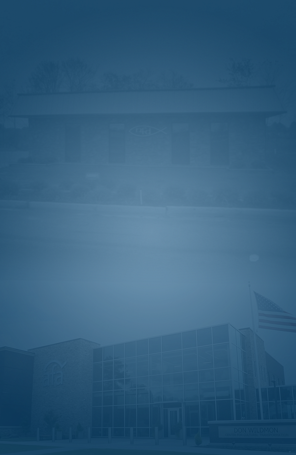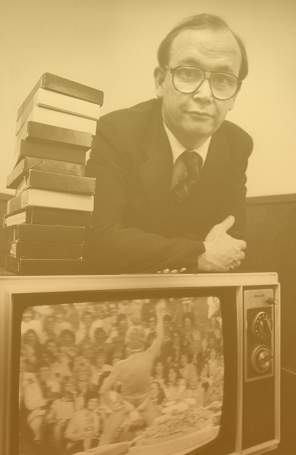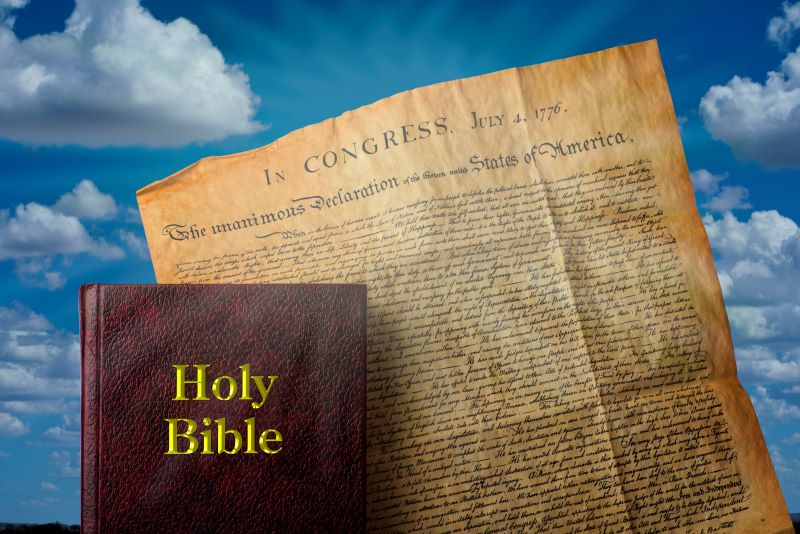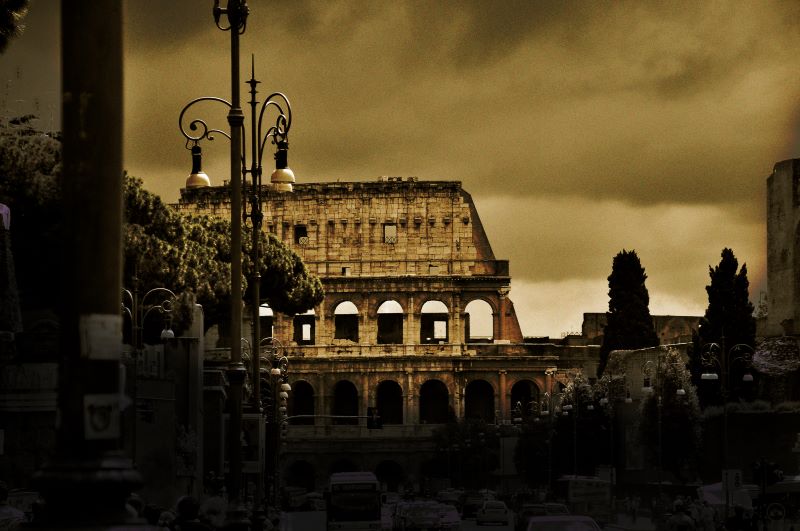History of the United States Constitution
Sign up for a six month free
trial of The Stand Magazine!
Following the Revolutionary War and the signing of the Declaration of Independence, America’s leaders knew they needed to establish an official document outlining how the federal government and its branches would operate. Thus a Constitutional Convention took place in the Philadelphia statehouse with delegates from each colony present. George Washington presided over the convention beginning in May. After months of debate by 55 delegates, the United States Constitution was signed on September 17, 1787, in Philadelphia, Pennsylvania. As arguably the most important document in American history, the entire government system is outlined in the Constitution.
After the signing of the Constitution, it was then sent to all 13 states for ratification. Some states refused to ratify the document without it specifically protecting individual rights such as freedom of speech, religion, and press. There was then a compromise reached in which the majority of states agreed to ratify the document with the assurance that Congress would add the individual protections during their first session. Congress kept their word and now we have the Bill of Rights. The Bill of Rights is the first 10 amendments added to the Constitution. Each of these amendments protects individual liberties.
The breakdown of the original constitution prior to the amendments being added is fairly simple. There are seven articles. Each article establishes how some form of the federal government will work. The first three articles establish the legislative, executive, and judicial branches.
Article I begins with “All legislative Powers herein granted shall be vested in a Congress of the United States, which shall consist of a Senate and House of Representatives.” The article goes on to outline what authority Congress has. Article II begins with “The executive Power shall be vested in a President of the United States of America. He shall hold his Office during the Term of four Years, and, together with the Vice President, chosen for the same Term, be elected, as follows…” This article goes into the qualifications to be president and the responsibilities he has. Article III begins with “The judicial Power of the United States shall be vested in one supreme Court, and in such inferior Courts as the Congress may from time to time ordain and establish.” Thus we have a federal court system.
Articles four through seven address details such as how to add states to the union, amend the Constitution, and swear elected officials into office.
Just as important as the establishment of the U.S. government in articles I-VII is the establishing of the first 10 amendments to the Constitution. Known as the Bill of Rights, the first 10 amendments to the constitution are aimed at protecting individual liberties. The most known and cited by your average American are the First and Second Amendments.
The First Amendment states, “Congress shall make no law respecting an establishment of religion, or prohibiting the free exercise thereof; or abridging the freedom of speech, or of the press; or the right of the people peaceably to assemble, and to petition the government for a redress of grievances.” Former colonists and settlers from Britain experienced what it was like to have their religion regulated from the top down. By law, everyone was required to belong to the Church of England. By adding the First Amendment to the Constitution, citizens have the assurance that one religion or denomination will not be established by Congress.
The Second Amendment states, “A well-regulated militia, being necessary to the security of a free state, the right of the people to keep and bear arms, shall not be infringed.” Leading up to the Revolutionary War, British troops attempted to confiscate the weapons of colonists. The British knew that if they could disarm the rebellion then they could seize control of the colonies again. Having experienced this firsthand, Congress secured the right to keep and bear arms with this amendment.
Briefly, the third through tenth amendments address:
- No soldiers can be quartered in any home
- No unreasonable searches
- Grand jury must indict capital crimes and no double jeopardy
- Speedy and public trial
- Trial by jury
- Excessive bail shall not be required
- The Constitution shall not be used to deny or disparage future proposed amendments
- Powers not in the Constitution are left to the states to handle
There is much more history behind the U.S. Constitution that deserves our attention. If you want to go more in-depth on the Bill of Rights and how we should interpret the Constitution in the 21st Century then stick around for future articles in the series.

Sign up for a free six-month trial of
The Stand Magazine!
Sign up for free to receive notable blogs delivered to your email weekly.


















